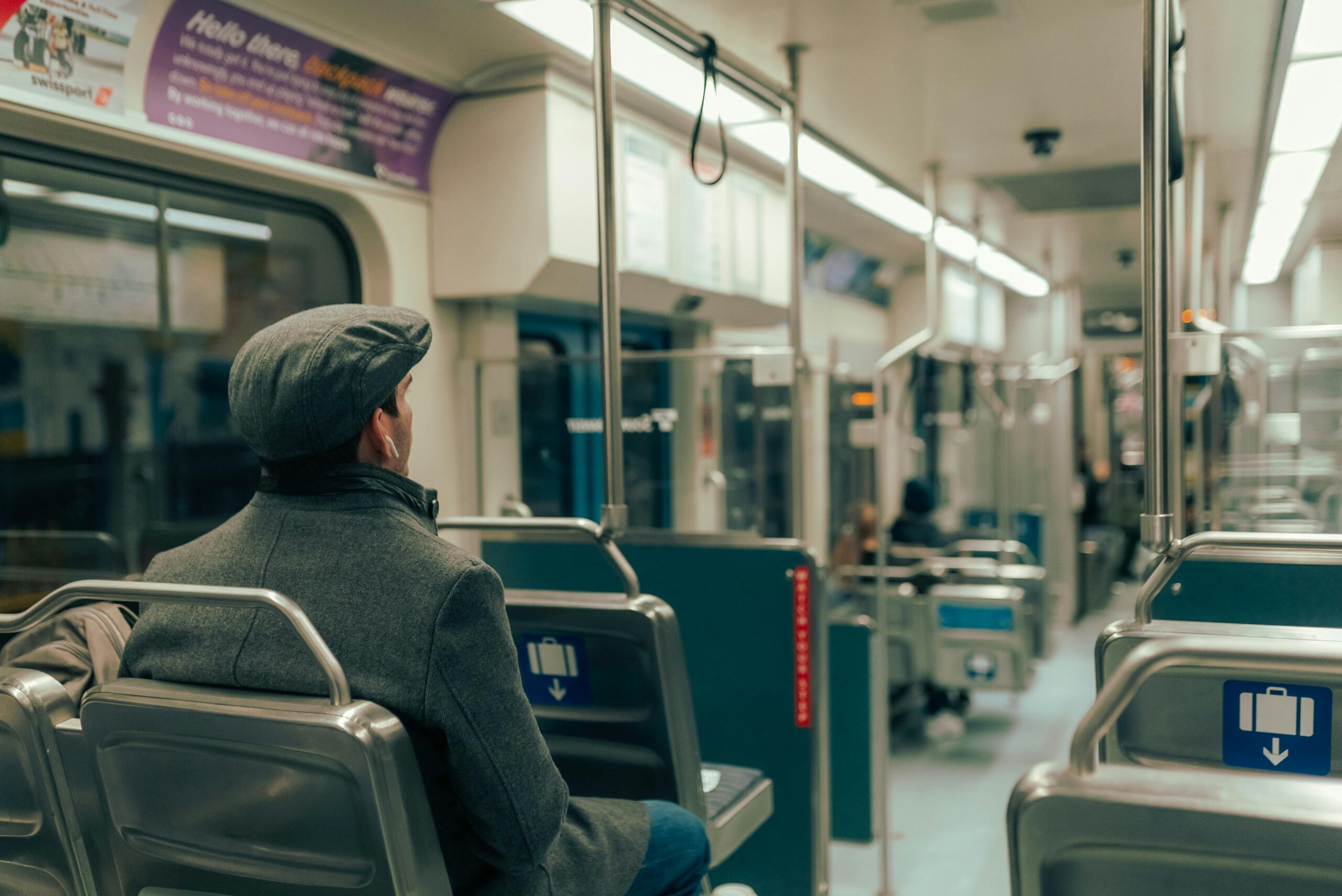How America’s Regional Planning Boards Exclude Renters and Transit Users

America’s regional planning boards are stacked against transit riders. While renters make up over 30% of households in typical metropolitan areas, they hold just 3% of seats on regional planning agencies that control billions of dollars in federal transportation funding. These boards decide whether communities prioritize highways or transit lines. This gap helps explain why American cities continue to prioritize roads over more affordable transportation options.
Yonah Freemark and Lydia Lo of the Urban Institute examined the demographic makeup and voting structures of regional planning organizations nationwide. Their research, published in reports titled “Metropolitan Planning Organizations Make Decisions About Transportation Options Nationwide, but They Rarely Represent All Their Constituents” and “In Most Regions, Metropolitan Planning Boards Overrepresent Homeowners and Drivers,” investigated how board composition affects transportation investment priorities.
Key Takeaways:
- Homeowner dominance: Regional planning boards are composed of 97% homeowners, while the median metro areas average 69% homeownership, resulting in a significant underrepresentation of renters who are more likely to rely on public transit.
- Driver bias: While 25% of regional commuters use alternatives to driving alone (such as transit, carpooling, walking, or biking), only 12% of board members use non-driving transportation to attend meetings, creating a representation gap for non-drivers.
- Population imbalance: Some residents receive nearly 9 times more voting power than others, with suburban areas often overrepresented compared to urban centers that generate the most transit ridership.
The Urban Institute conducted two complementary analyses. First, they surveyed 66 regional planning organizations nationwide to document the demographics of their board members. Second, they examined voting structures specifically in the 20 largest metropolitan areas. Researchers confirmed board composition through direct correspondence with MPO staff. They then compared their findings against American Community Survey data from 2019 to 2023. The study reveals three critical findings about who controls America’s transportation investments:
Homeownership representation gap: All but 4 of the 66 organizations surveyed had higher homeowner shares on their boards than in their regions. The median board is 97% homeowners, compared to a regional homeownership rate of 69%. This occurs because board members typically reach these positions after achieving significant political status. Political advancement often correlates with age, wealth, and homeownership status.
Transportation mode disparities: For more than half of the planning boards, 100% of members drive to meetings. Yet 25% of regional commuters use transit, carpooling, walking, or biking. Board members predominantly reside in suburban communities with limited access to public transportation. They possess the wealth to afford car-dependent lifestyles, unlike the average regional resident who needs diverse transportation options.
Voting power imbalances: In Houston, Harris County residents receive 1.9 votes per million inhabitants, while suburban Galveston County gets 16.6 votes per million. In the Philadelphia region, the city holds just one of 12 local voting seats, despite containing over 25% of the regional population.
Some regions have already implemented better systems. Seattle’s Puget Sound Regional Council uses weighted voting based on population, while Portland elects Metro board members from equal-population districts. Federal policymakers should require similar proportional representation in planning organization bylaws. States should also establish paid community advisory boards with training in planning, ensuring that housing and transportation decisions reflect the needs of all residents. MPOs should consider adding non-elected seats for underrepresented groups, such as renters and transit users.
These representation gaps help explain why American transportation systems continue to favor highways over transit, leaving millions without affordable mobility options.
Photo by Josh Hild